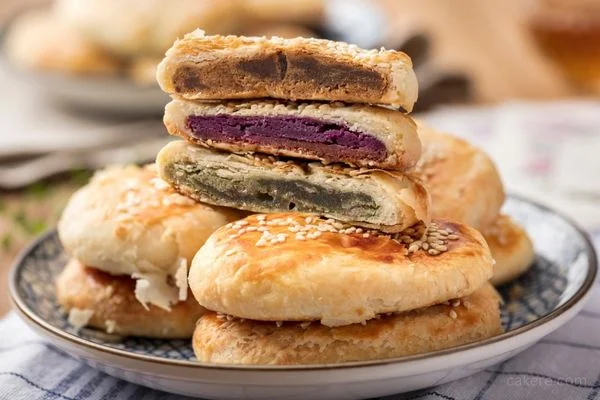Have you ever wondered what shortening is and why it’s a key ingredient in many baked goods? Shortening is a solid fat that plays a vital role in creating the perfect texture and consistency in baked treats.
Whether you’re making cookies, cakes, or pie crusts, shortening is a must-have ingredient in your baking arsenal.
In this article, we will explore the role of shortening in baking and how it affects the outcome of your favorite treats.

What is Shortening?
Shortening is a type of fat that is solid at room temperature. It is typically made from vegetable oils, such as soybean, cottonseed, or palm oil. Shortening is often used in baking to create a tender and flaky texture in baked goods.
Shortening is different from other types of fats, such as butter or margarine, because it does not contain any water. This lack of water makes shortening ideal for creating flaky pastry crusts, tender cakes, and soft cookies.
How Does Shortening Work in Baking?
Shortening works in baking by creating tiny pockets of air in the dough or batter. These air pockets are created when the shortening is mixed with the other ingredients in the recipe. The tiny pockets of air help to create a light and tender texture in the finished product.
Shortening also helps to prevent the gluten in the flour from developing too much. Gluten is a protein found in flour that gives baked goods structure and texture. If the gluten develops too much, the baked goods can become tough and chewy. Shortening helps to limit the gluten development, which results in a more tender and delicate crumb.
The Role of Shortening in Different Baked Goods
Shortening plays a different role in different types of baked goods. Here are a few examples:
- Pie crusts: Shortening is often used in pie crusts because it creates a flaky and tender texture. When making pie crusts, some bakers even use a combination of shortening and butter for the perfect balance of flakiness and flavor.
- Cookies: Shortening is often used in cookie recipes because it helps to create a soft and tender texture. Cookies made with shortening also tend to be less spread out than those made with butter, which can result in a more uniform shape.
- Cakes: Shortening is often used in cake recipes to create a tender crumb and delicate texture. Cakes made with shortening also tend to have a lighter color and a smoother, more velvety texture.
Substituting Shortening in Baking
If you don’t have shortening on hand, there are several substitutes you can use in your baking. Some common substitutes for shortening include:
- Butter: Butter can be used as a substitute for shortening in many recipes. However, keep in mind that butter contains water, which can affect the texture of the finished product.
- Margarine: Margarine is another substitute for shortening, but like butter, it contains water. Be sure to use a margarine with a high fat content to get the best results.
- Coconut oil: Coconut oil can be used as a substitute for shortening in some recipes. However, keep in mind that coconut
